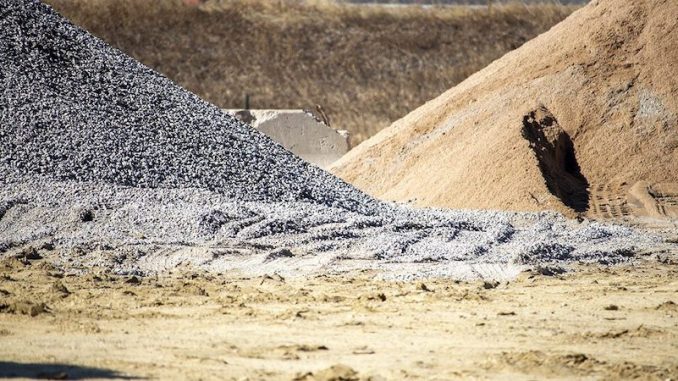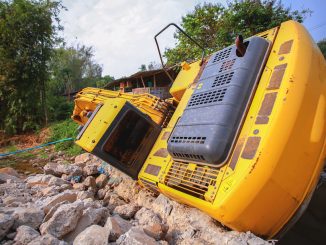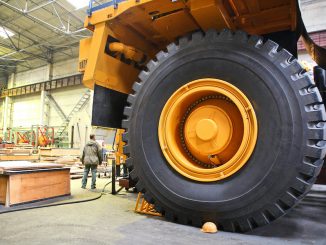
With fall in the rearview, the focus has turned to pouring concrete in cold weather. The biggest challenge is keeping aggregates and materials — admixes, sand, stone, and water — from freezing. Yet, heating the aggregate is the best solution, along with using hot water and insulated tanks. These actions raise the materials’ temperature as it’s introduced to the mix and prevent frozen water. Remember to check exposed lines, pipes, tanks, and valves and insulate if necessary — most admixtures are water-based and freeze without proper protection.
It’s recommended to store the mixer and truck inside a heated building overnight. This allows the unit, including the hydraulic oil and steel, to maintain temperature during the coldest part of the day.
Curing Concrete In Cold Weather
This time of year amplifies the need to follow the recommended time frame for curing concrete in cold weather. For fresh concrete to set up, it needs to be kept warm. Since concrete is the result of a chemical reaction, the reaction depends on:
- Cement content in the mix, and
- Concrete temperature.
6 Tips To Increase Concrete Temperature In Cold Weather
The optimum temperature for concrete to set is 70 degrees Fahrenheit/21.1 degrees Celsius. Keep in mind that as the concrete temperature decreases, setting time also decreases. Use these six tips to increase the temperature:
- Use hot water;
- Add more cement to the mix;
- Switch to Type III cement;
- Use heated aggregates;
- Add an accelerator admix to the concrete; and/or
- Cover the concrete with insulated blankets after finishing completes.
Take into consideration the additional cost and action which isn’t normally needed during warm weather operations. Account for the costs with a surcharge — sometimes called a heat charge — for winter jobs. Most, if not every, ready mix company collects these charges.
Quick Mixer Maintenance In Winter
If the unit won’t be used during the upcoming months, winter is a great time to complete maintenance. Go through the conveyor belt system, mixer system, and lubricate all chains and other items which require lubrication. Pending budget and operation, this may help keep operators employed and learn more about the equipment. If the operators clean and work on the unit, they can recognize and address maintenance issues and give them some ownership of it as well.
How can I prevent concrete mixer aggregates and materials from freezing in winter conditions?
To prevent freezing, it's recommended to heat aggregates, use hot water and insulated tanks, and check and insulate exposed lines, pipes, tanks, and valves, especially for water-based admixtures.
What are some tips for increasing concrete temperature in cold weather during the curing process?
Increase concrete temperature in cold weather by using hot water, adding more cement, switching to Type III cement, using heated aggregates, incorporating an accelerator admix, and covering the concrete with insulated blankets after finishing.
If you have any questions, please call the Cemen Tech Service Department at (800) 247-2464.












































